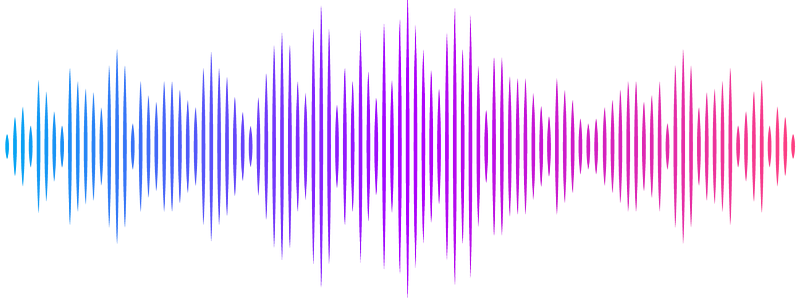Marine Origin of the Arachnid Brain Reveals Early Divergence of Chelicerata

Marine Origin of the Arachnid Brain Reveals Early Divergence of Chelicerata
Strausfeld, N. J.; Hirth, F.
AbstractCambrian preservation of fossilized tissues provides crucial information about divergent cerebral arrangements amongst stem arthropods. One such genus is Mollisonia, whose clustered appendages beneath a frontal carapace suggest an early chelicerate. Here we apply neuroanatomical, genetic, and developmental analysis to curated fossil data of Mollisonia to demonstrate that instead of a linear organization of seriate parts like in other Cambrian arthropods, the Mollisonia brain is folded back over segmental ganglia of the prosoma, an organization characterizing the brains of all modern arachnids. The unexpectedly early acquisition of this apomorphic character state demonstrates the divergence of marine Arachnida represented by Mollisonia from Merostomata (horseshoe crabs) and its sister group Pycnogonida (sea spiders), both of which have linearly organized cerebra. While fossil evidence supports a marine origin of total group Chelicerata, we show Mollisoniidae defining the base of the arachnid tree of life that excludes Merostomata and Pycnogonida.